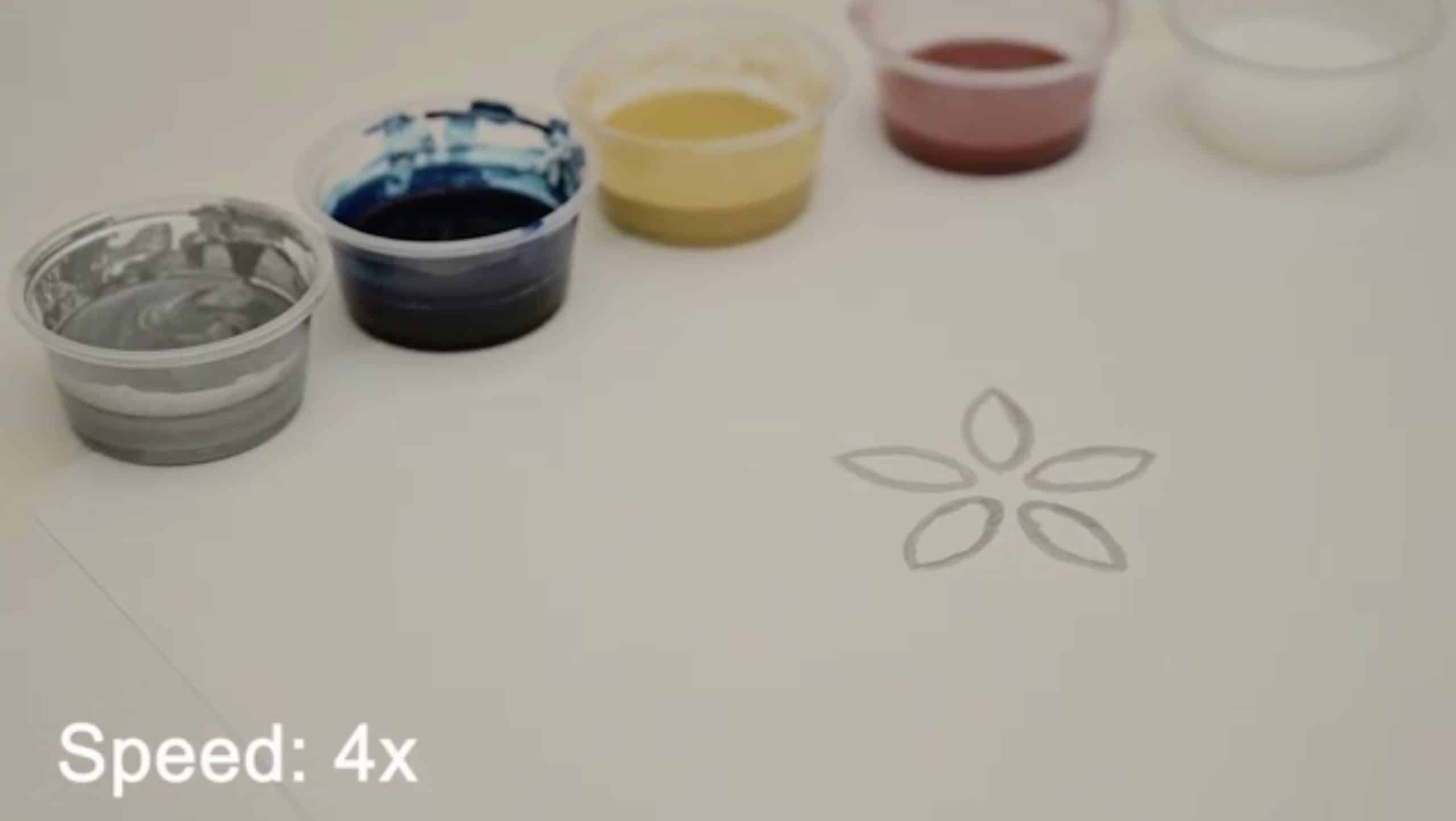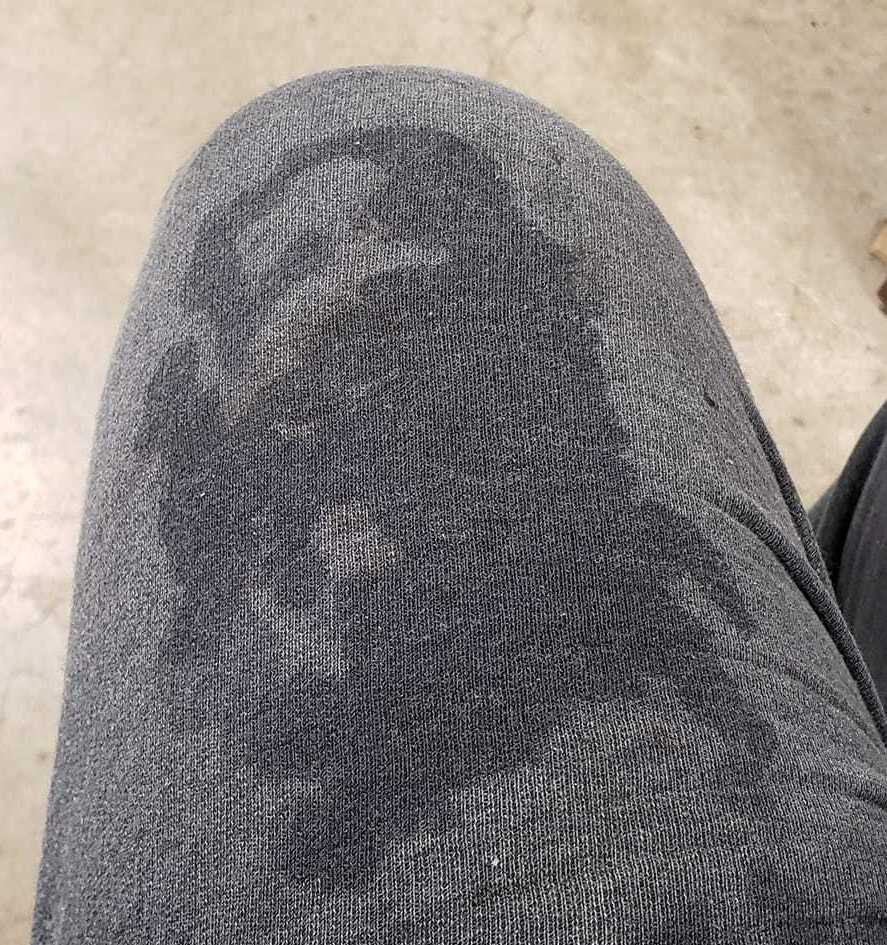A breakthrough in paint technology, developed by scientists, offers a solution to help mitigate energy costs and address climate concerns during the ongoing cost of living crisis.
Researchers have created a special paint designed to minimize the need for both heating and air conditioning, presenting a promising avenue to reduce energy consumption and greenhouse gas emissions. The paint is formulated to regulate indoor temperatures, keeping homes cooler in the summer and warmer during the winter months.
The innovative paint, available in various colours, serves a dual purpose, suitable for application in both residential and commercial buildings, as well as on transportation vehicles such as trains and trucks to maintain refrigerated goods at low temperatures. Researchers at Stanford University predict that using this paint on transport units could potentially cut transportation costs in half.

The recently developed paint underwent extensive testing, and the results demonstrated significant energy-saving benefits. In simulated environments with controlled temperatures, the new paint reduced heating energy use by approximately 36% and cooling energy consumption by nearly 21%.
Further simulations involving a mid-rise apartment building in diverse climate zones across the United States revealed a 7.4% reduction in overall energy consumption for heating, ventilation, and air conditioning over a one-year period, when the new paint was applied to exterior walls and roofs.
This paint offers a considerable advancement over traditional low-emissivity paints, which were previously only available in neutral shades. The innovative formulation consists of two distinct layers. The bottom layer, composed of infrared reflective aluminium flakes, efficiently reflects heat. The upper layer, available in a range of colours, is transparent to infrared radiation.

In application, the paint can be used to keep heat out by coating exterior surfaces, where the lower layer reflects infrared light, preventing it from being absorbed as heat by the building materials. Conversely, for interior surfaces, the lower layer effectively redirects infrared waves that carry energy across space, maintaining heat indoors.
Yi Cui, the senior author of the study from Stanford University, remarked, “Enhancing insulation materials to reduce heat exchange between living and working spaces and their surroundings is becoming increasingly important. This innovative paint has the potential to play a significant role in achieving global energy efficiency goals, especially as heating and air conditioning usage continues to rise in response to climate challenges.”
The development of this smart paint highlights the ongoing efforts to address energy consumption and environmental impacts, making strides towards a more sustainable future.






